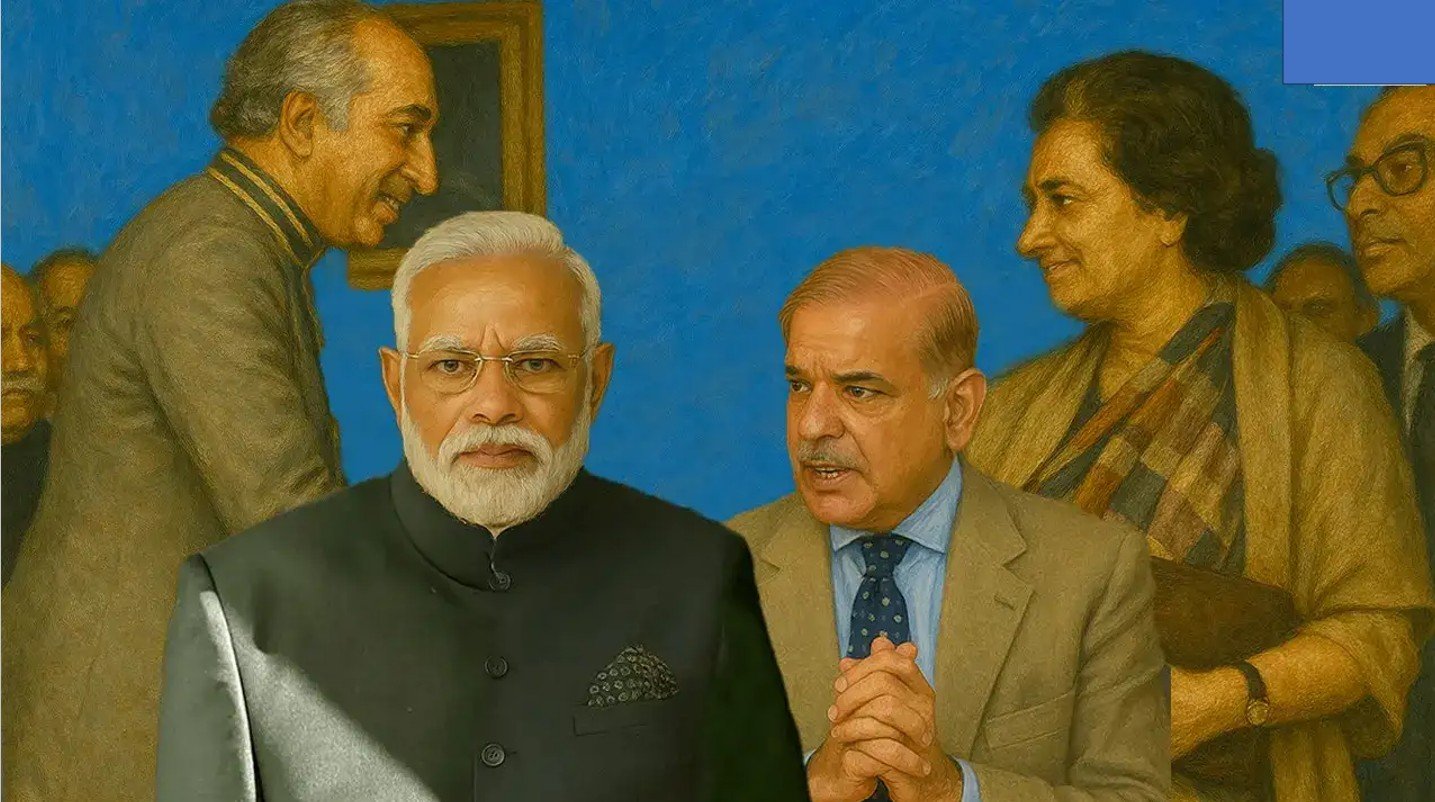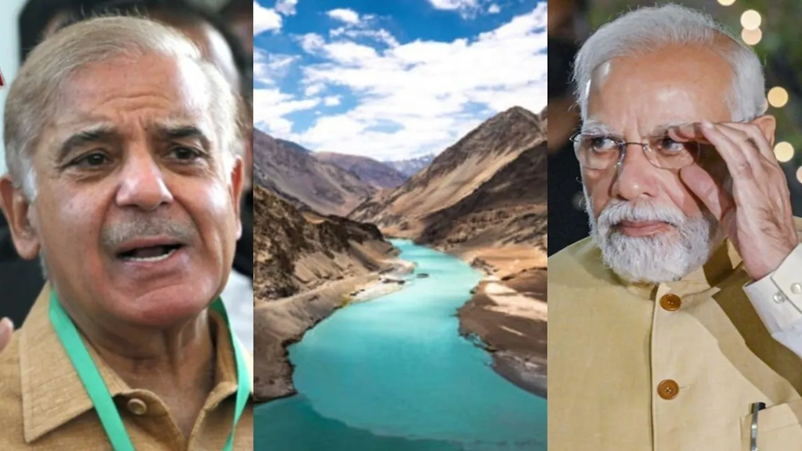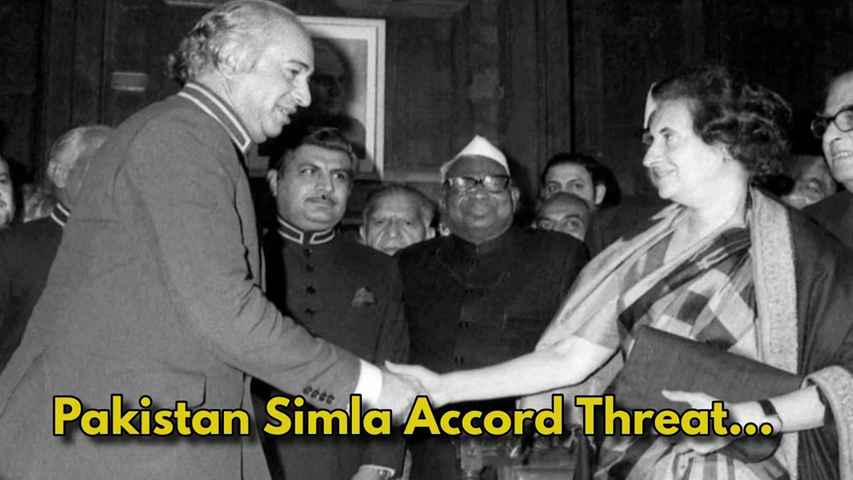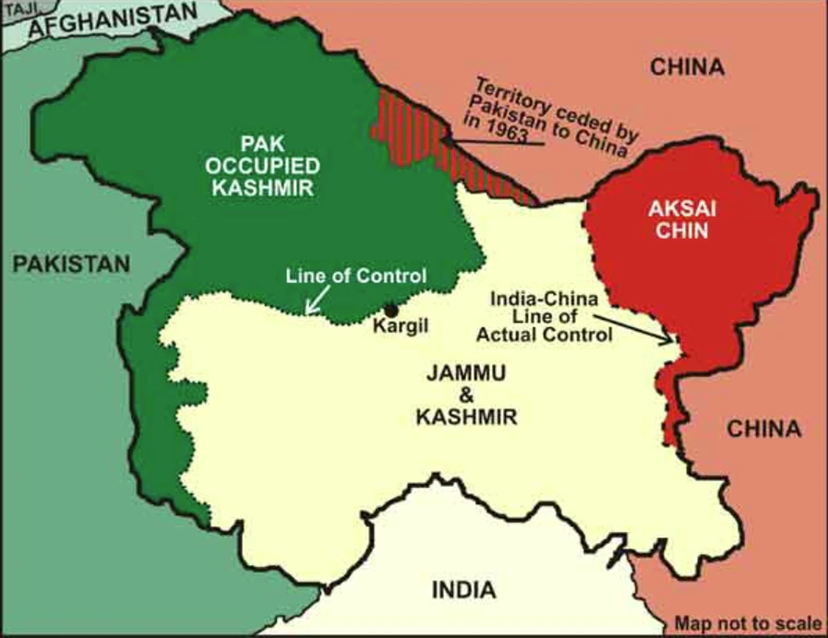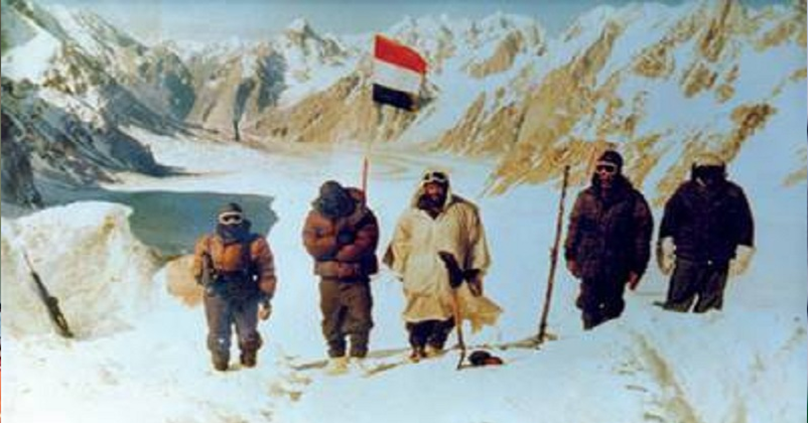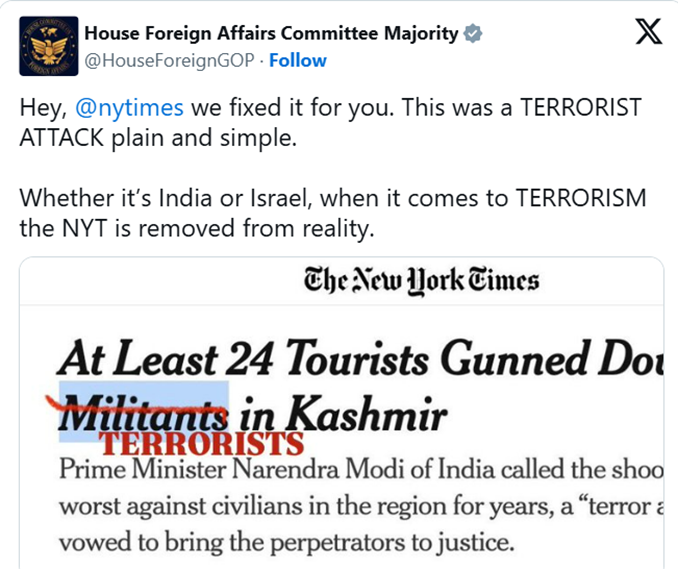Pakistan declared the suspension of the 1972 Simla Agreement and announced the closure of the Wagah border with India. It also halted all cross-border movement from India via Wagah and shut its airspace to Indian carriers. The move comes on the heels of India’s announcement of a series of stringent measures against Pakistan after the terror attack in Jammu and Kashmir’s Pahalgam.
Top 3 Gains For India After Shimla Agreement Suspension
Why In News
- Pakistan declared the suspension of the 1972 Simla Agreement and announced the closure of the Wagah border with India. It also halted all cross-border movement from India via Wagah and shut its airspace to Indian carriers. The move comes on the heels of India’s announcement of a series of stringent measures against Pakistan after the terror attack in Jammu and Kashmir’s Pahalgam.
- Not only did Pakistan close its airspace for Indian airlines and suspend all trade with the fifth-largest economy in the world, but it also put on hold all bilateral treaties with New Delhi, including the 1972 Simla Agreement.
- While Pakistan wanted to give a stern reply to India’s hits, it unwittingly handed India three major advantages by suspending the 1972 agreement. Before we dive into those advantages, it becomes important to understand how India and Pakistan got here and what the Simla Agreement entails.
How Did We Get Here?
Countermeasures Pakistan Decided To Take:
- Rejection of India’s move to suspend the Indus Waters Treaty warns that any diversion will be treated as an ‘Act of War’.
- Suspended the Simla Agreement and all bilateral agreements with India until India changes its conduct.
- Closure of Wagah Border Post immediately; return allowed only until 30 April 2025.
- Suspended all Saarc visas for Indian nationals, except for Sikh religious pilgrims; Indian SVES holders must exit within 48 hours.
- Declared Indian defence, naval, and air advisers persona non grata, to leave by 30 April 2025; reduced Indian high commission staff to 30 personnel.
- Closure of Pakistan’s airspace to all Indian-owned or operated aircraft immediately.
- Suspended all trade with India, including third-country routed trade.
- Pledged a full-spectrum national power response to any threat against Pakistan’s sovereignty.
What Is The Simla Agreement?
- Simla Agreement was a bilateral treaty between India and Pakistan, signed by former prime minister Indira Gandhi and then Pakistani president Zulfikar Ali Bhutto. It came in the immediate aftermath of the 1971 war, which led to the secession of East Pakistan and the creation of an independent Bangladesh.
- The agreement marked a formal end to hostilities between the two nations and set out a roadmap for future engagement based on peaceful coexistence and bilateralism—a principle that continues to shape India’s diplomatic posture. The deal emphasises resolving issues between the two in a bilateral manner, superseding the UN’s resolution on Kashmir.
- The fact that there has been only ne limited war since the agreement was signed reflects its effectiveness. The agreement stressed that nations go back to the Line of Control (LoC) and respect the region.
3 Big Advantages Suspension Of The Deal Offers To India
- While the suspension of the decades-old deal hampers the bilateral diplomatic routes both nations have taken, it opens doors to new possibilities. The following are the three big advantages India can have:
- Sanctity of LoC gone
- Subsections 1 and 2 of clause 4 of the Simla Agreement stated the following:
- (1) Indian and Pakistani forces shall be withdrawn to their respective side of the international border.
- (2) In Jammu and Kashmir, the Line of Control resulting from the cease-fire of December 17, 1971, shall be respected by both sides without prejudice to the recognised position of either side. Neither side shall seek to alter it unilaterally, irrespective of mutual differences and legal interpretations. Both sides further undertake to refrain from the threat or the use of force in violation of this Line.
- With the suspension of the Simla Agreement, the validity of LoC comes into question. Now, either side, especially India, can take steps it deems fit to alter LoC unilaterally. Interestingly, Pakistan has violated the Simla Agreement in the past.
- In 1984, Pakistan attempted to take control of the Siachen Glacier, an Indian territory demarcated by the Karachi agreement. In response, India launched Operation Meghdoot in 1984, gaining full control of the glacier. With the recent suspension, both countries are no longer obligated to follow the LoC.
Opening Of Military Options
- Clause 1, Subsection 2 of the Simla Agreement states the following:
- (2) That the two countries are resolved to settle their differences by peaceful means through bilateral negotiations or by any other peaceful means mutually agreed upon between them.
- Pending the final settlement of any of the problems between the two countries, neither side shall unilaterally alter the situation, and both shall prevent the organisation, assistance or encouragement of any acts detrimental to the maintenance of peaceful and harmonious relations.
- The Simla Agreement said India and Pakistan would resolve their differences peacefully. Now, India can take military options without violating any treaty. The military option can be taken to ramp up security in the region frequently affected by terrorist infiltration.
Involvement Of Global Actors
- The Agreement compel India and Pakistan to resolve bilateral issues without intervention from global actors. While Pakistan was in good graces with the West when the Agreement was signed, things have changed since then. India can now use the leverage it has over major powers, including the Trump administration in the US, Israel, and West Asian and European countries, to completely isolate Pakistan.
- Regardless, Pakistan never respected this part of the treaty, taking matters to an international level, the latest being Pakistan’s outcry over the Abolition of Article 370. Over the years, India has become a key player in the global arena and enjoys the support of several Western actors.
- For Example, when the New York Times reported that the Pahalgam tourists were gunned down by “militants in Kashmir,” the US House Foreign Affairs Committee rectified the headline, referring to the gunmen as “Terrorists”.
Conclusion
- India currently enjoys support from the US, Russia, a number of countries across West Asia including Israel, and European nations. Not only this, its ties with China are also improving, causing insecurity in Pakistan. Despite clear advantages that India has with Pakistan putting the Simla Agreement on hold, it remains in the domain of the future to tell how it affects the two countries.
